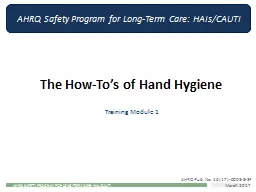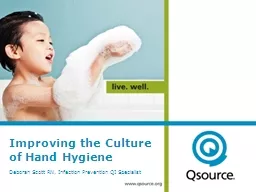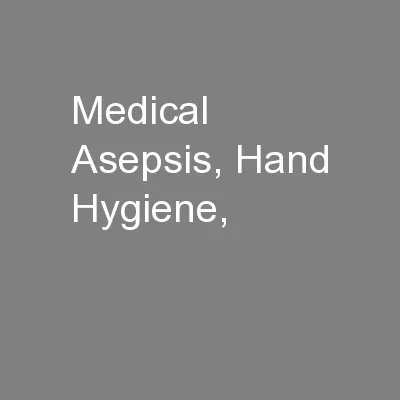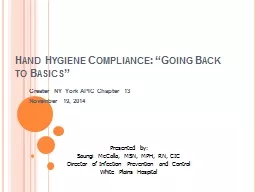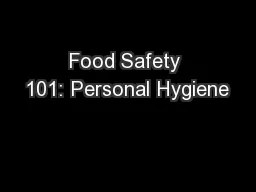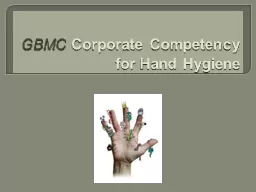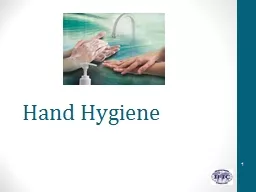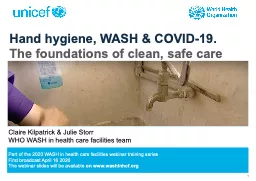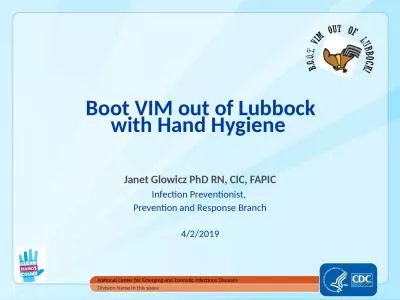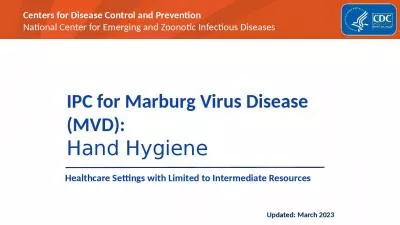PPT-The How- To’s of Hand Hygiene
Author : min-jolicoeur | Published Date : 2018-09-17
Training Module 1 AHRQ Pub No 161700038EF March 2017 Upon completion of this training module longterm care staff will be able to demonstrate a working knowledge
Presentation Embed Code
Download Presentation
Download Presentation The PPT/PDF document "The How- To’s of Hand Hygiene" is the property of its rightful owner. Permission is granted to download and print the materials on this website for personal, non-commercial use only, and to display it on your personal computer provided you do not modify the materials and that you retain all copyright notices contained in the materials. By downloading content from our website, you accept the terms of this agreement.
The How- To’s of Hand Hygiene: Transcript
Download Rules Of Document
"The How- To’s of Hand Hygiene"The content belongs to its owner. You may download and print it for personal use, without modification, and keep all copyright notices. By downloading, you agree to these terms.
Related Documents

